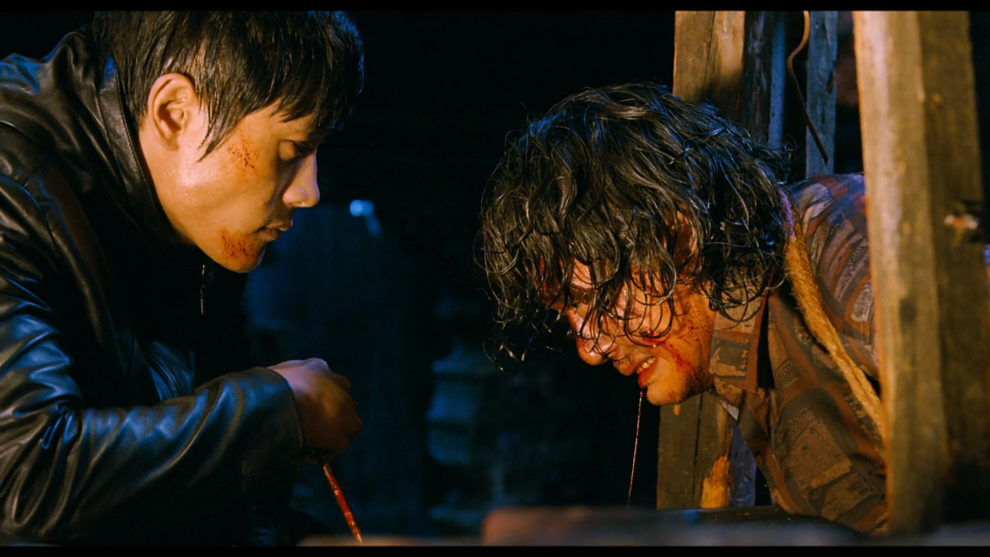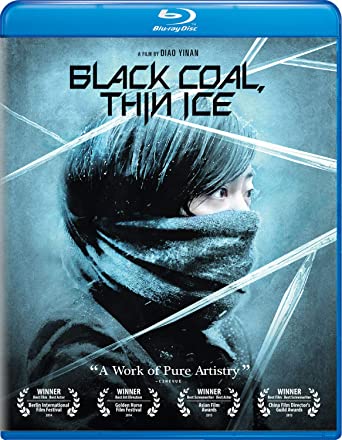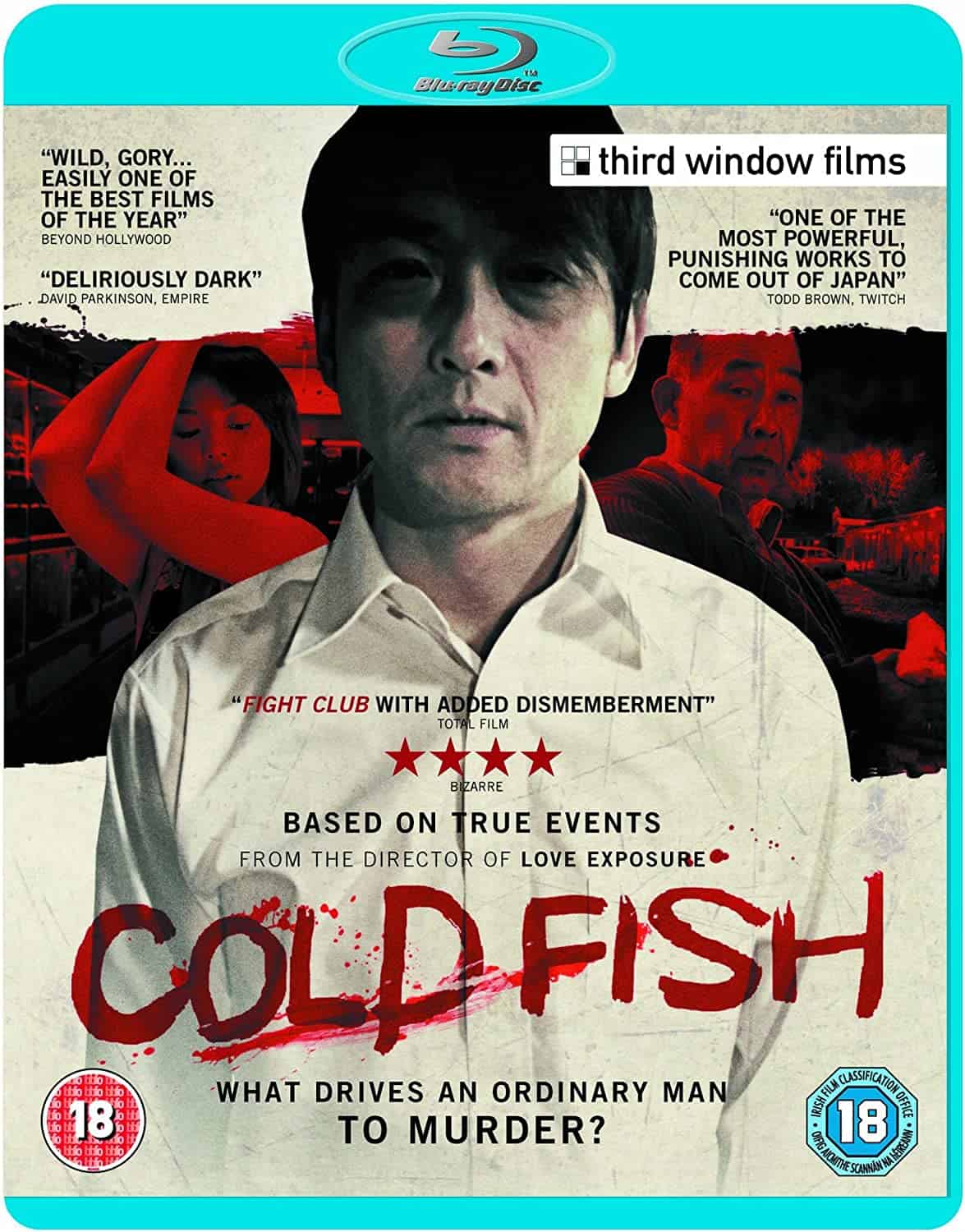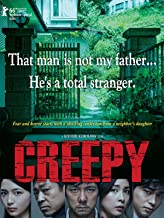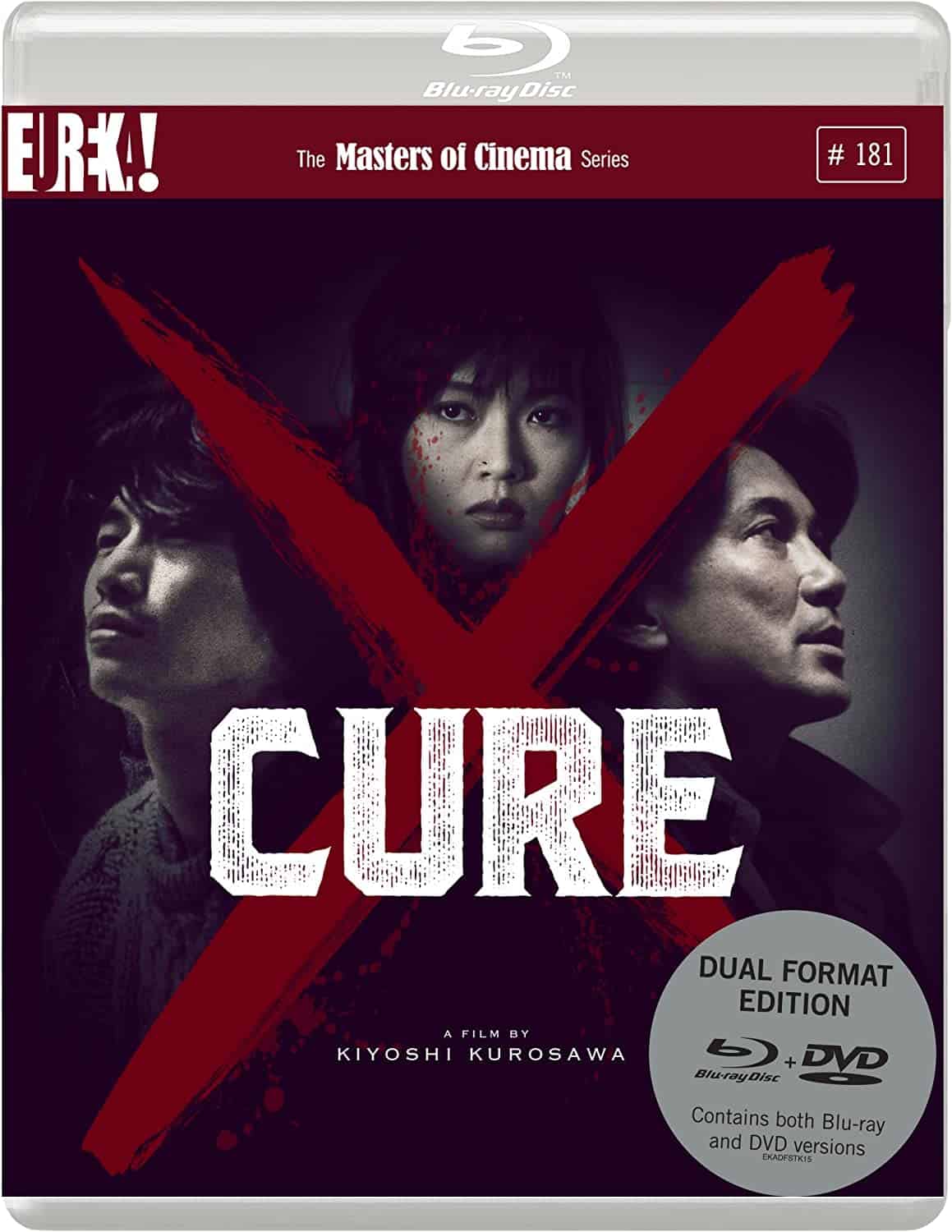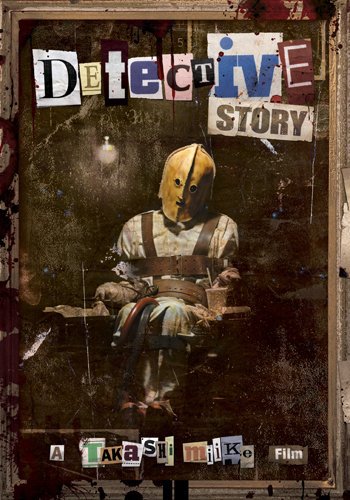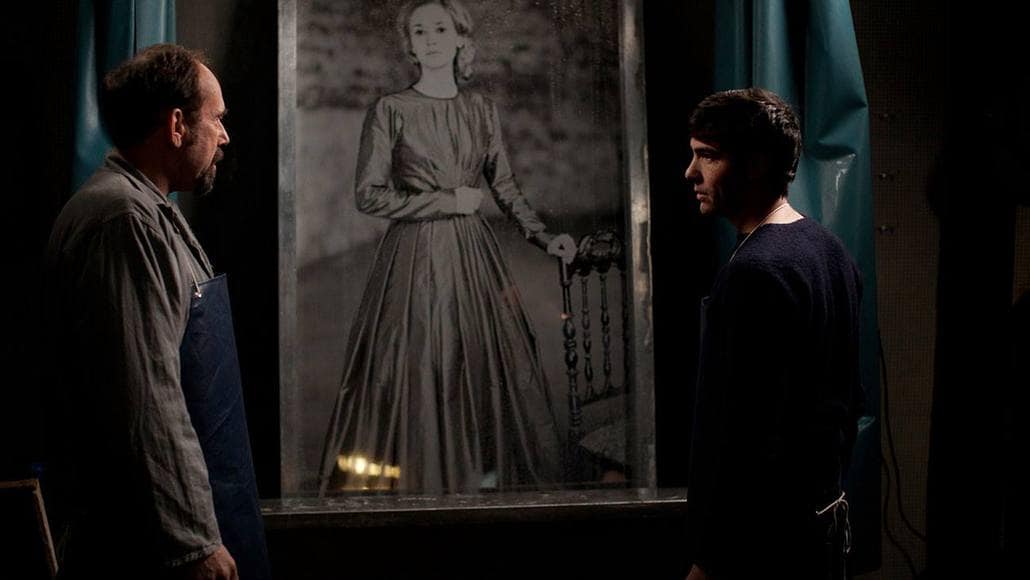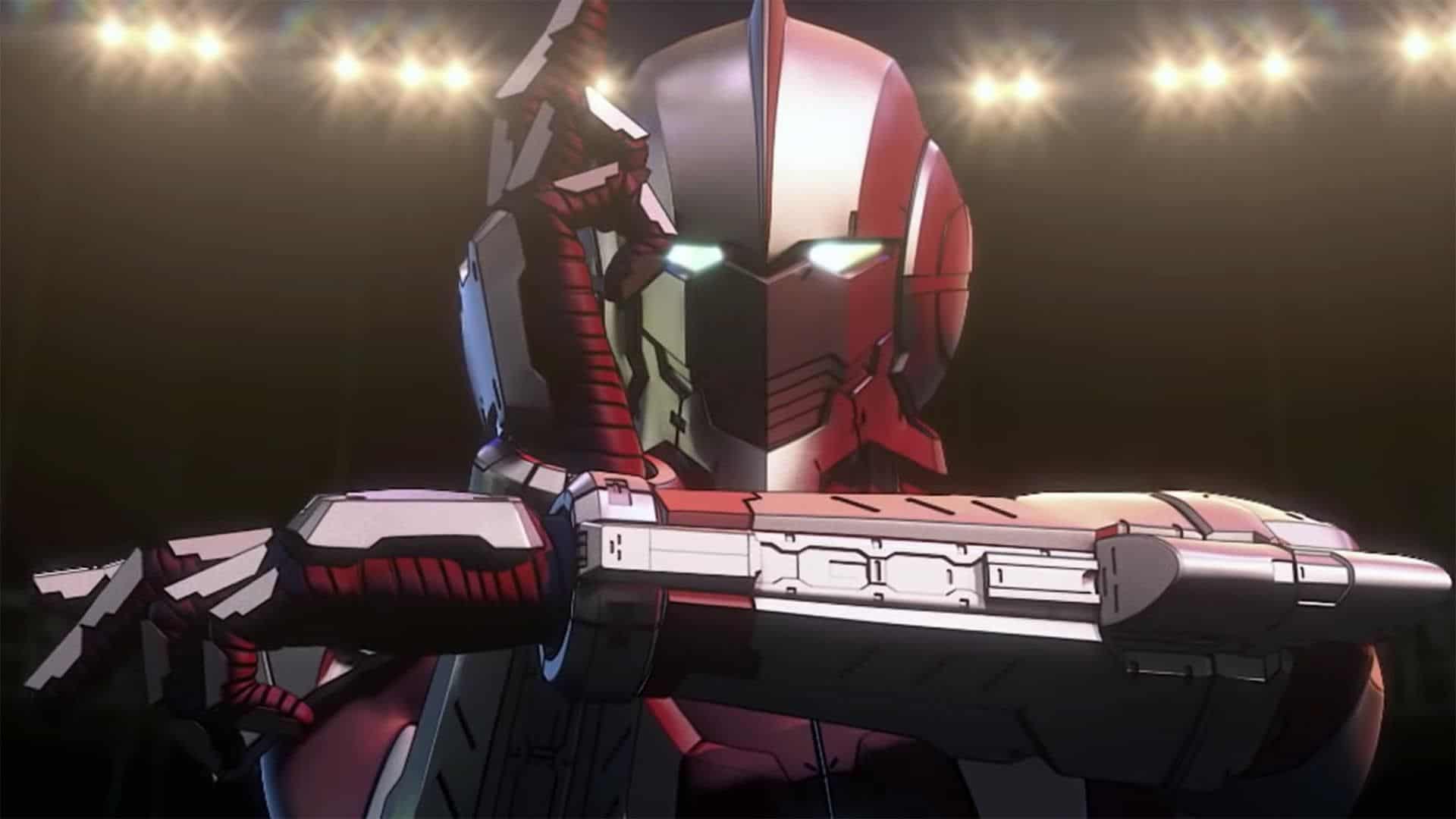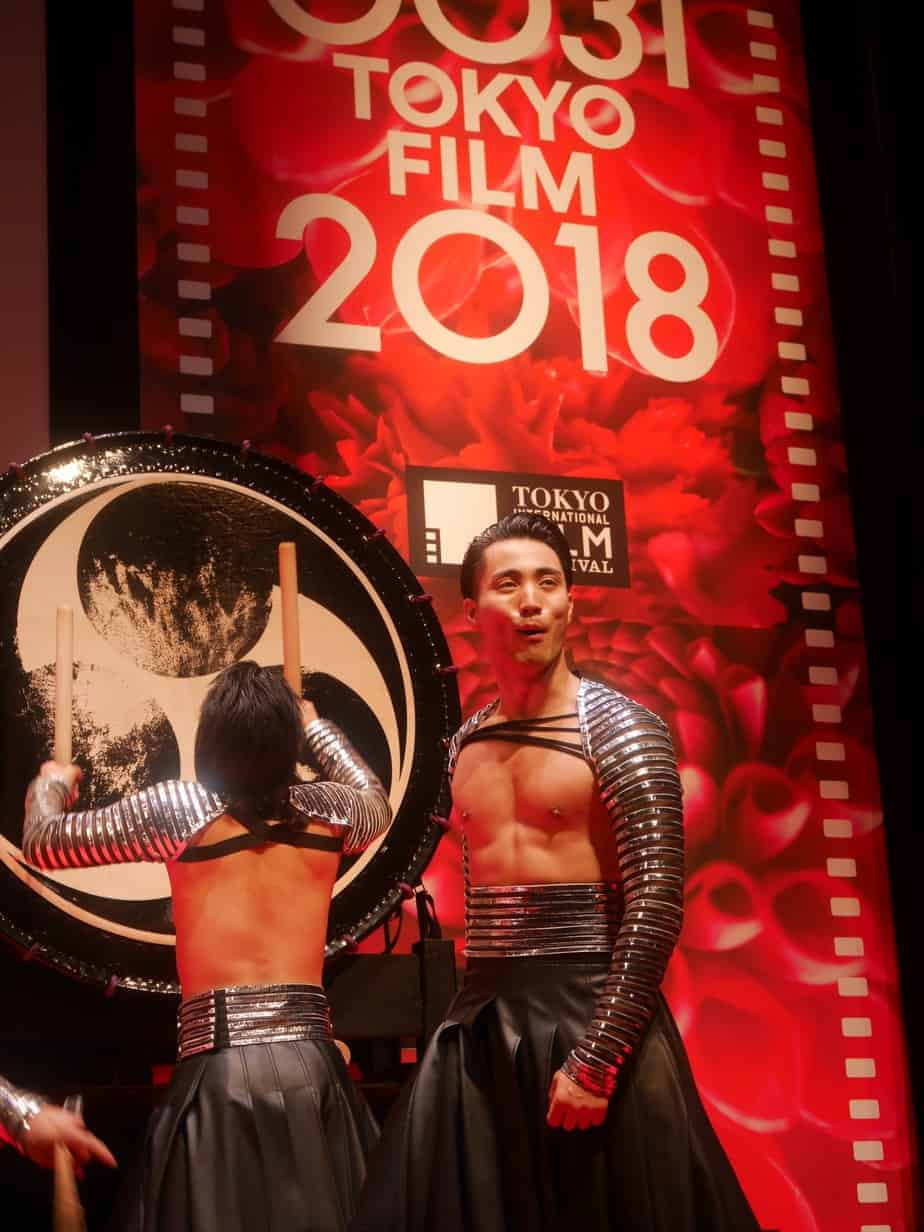The (sub)genre that has been carrying Japanese cinema to the international stage for years, was one of the main components of the explosion of Korean cinema during the last decades, and has given some of the most iconic Hong Kong titles, is not other than the serial killer movie. In this list, we tried to include some of the most memorable titles that include the particular type of murderers in their scripts, in a list, that as you can see, is filled with masterpieces, not only from the aforementioned countries, but also from India, China, Iran, Indonesia and the Philippines.
Without further ado, here are 35 Great Asian Serial Killer Moviers, in alphabetical order.
1. Baishe Srabon (Srijit Mukherji, India, 2011)
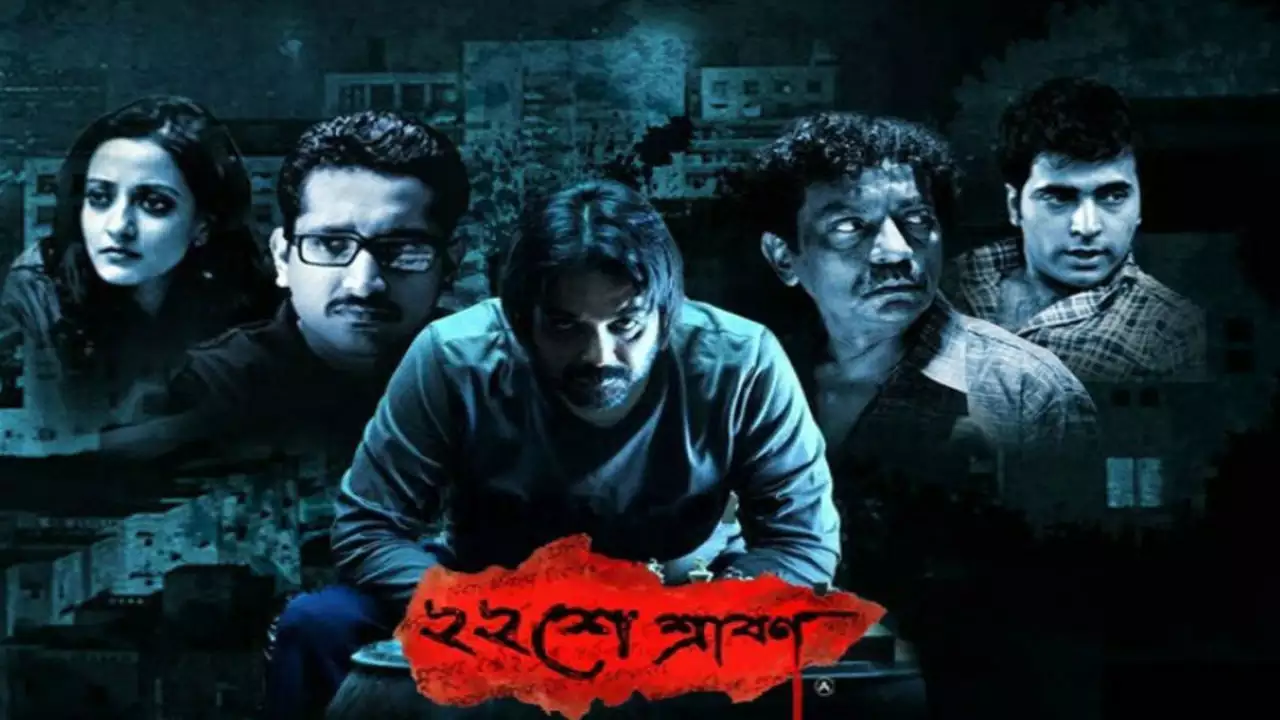
For those who associate Bengali cinema just with Satyajit Ray, it should be a must-watch. A captivating neo-noir crime thriller that combines formulaic genre elements with subtleties for nerdy bookworms. We have two cops, the youngster (Parambrata Chatterjee) and the old, wounded wolf played by legendary actor Prosenjit Chatterjee, plus a couple of journalists, on the trail of a psychopath, leaving couplets from Bengali poems by his victims' bodies. The well-researched script refers to the Bengali hungry generation movement of the 60s. We also get great cinematography, fabulous acting from the ensemble cast, and a guest appearance from the respected director Gautam Ghose. It was the second film by Srijit Mukherji, who since then has earned a reputation. (Joanna Konczak)
2. Black Coal Thin Ice (Diao Yinan, 2014, China)

The main point, however, is the downward spiral of Zhang, and particularly the way trauma, and essentially the past affects people. Although Zhang is the main source, this comment actually extends to both Wu and the key man who is eventually revealed through a rather impactful twist, which keeps getting more intricate as the story unfolds. Consequently, Diao Yinan also deals with the duality of human nature, as all the protagonists of the story are both victims and perpetrators, on occasion. Particularly the way Wu's duality is highlighted is excellent, since she is repeatedly presented as the victim of the men around her, until she is revealed as something completely different. At the same time, this last comment also moves towards distinct pessimism, with the fates of everyone involved in the movie in essence, being rather dramatic, and frequently not due to their action but due to others' and their own inherent nature. (Panos Kotzathanasis)
Buy This Title
on Amazon by clicking on the image below
3. Chaser (Na Hong-jin, 2008, S. Korea)

Na Hong-jin gave a clear sample of his quality as a filmmaker with his debut film, artfully directing and writing this utterly agonizing thriller, which is based on an actual case of a serial killer. He directs in a way, presenting just as many indications of what is about to come as is needed to keep the spectator tense in all of the title's duration. He accomplishes that by making clear from the beginning what the protagonists should do in order to solve the case, though presenting very convincing reasons why they do not.He has also done a wonderful job in the character's outline, whose antithesis is depicted on the axis of conscience. There is a total lack of it from the murderer's part and a gradual disclosure of it on the hunter's side. As usually in similar Korean productions, the film entails many violent episodes, that, at times, may even be shocking to mainstream audience, despite the elaborateness of their depiction. Lastly, the finale is probably the film's best scene and one of the most shattering ever to appear in the genre. (Panos Kotzathanasis)
Buy This Title
on Amazon by clicking on the image below
4. Children… (Lee Kyu-man, 2011, S. Korea)
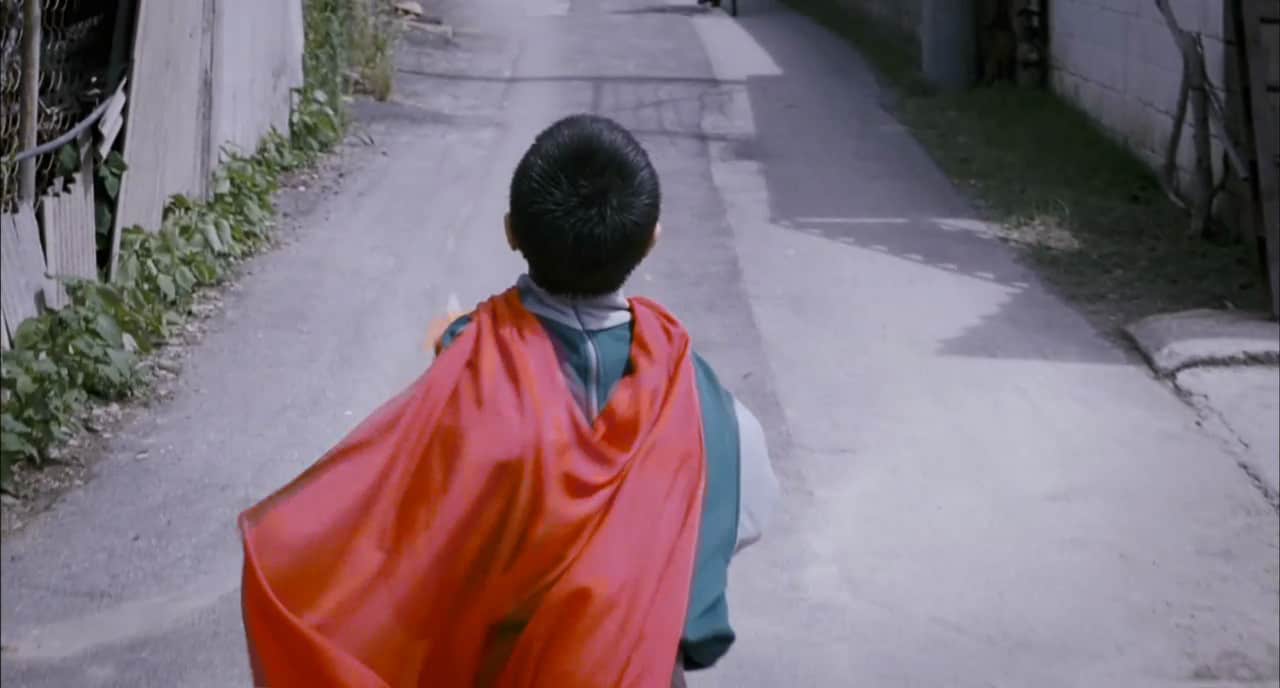
Despite being released in 2011, the production manages to perfectly encapsulate 1991's rural South Korea, as if the movie was shot that same week. This gives it a certain extra pull, using modern techniques and storytelling, without diverting too much from what the story originally must have felt like. Besides that, the screenplay by Lee Kyu-man and Lee Hyeon-jin is surprising in one defining way. Split through the middle, both halves feel like completely different movies. Both good, but entirely different. Throughout the first half of it, the film is a genuine critique on media outlets and their harsh ways of trying to tell a story. Media goes too far, completely discounting the personal influences as they try to save the day in the name of telling a story to the people. The second half of the script abandons this idea for the most part, involving an unnecessary redemption arc, which is rather unfortunate. It does however turn into something more exciting to watch. Whether that is what you're looking for in a police procedural based on tragical events, is up to you. For some it will undoubtedly be too melodramatic. It's not until the last 20 minutes where “Children…” actually starts to lose its strength a little, focusing too much on sensationalist action where there needs to be none. However, this can be forgiven due to the fact that the films' best reveal and scene is also in this section of the film, featuring one of the parents. (Reinier Brands)
5. Cold Fish (Sion Sono, 2010, Japan)
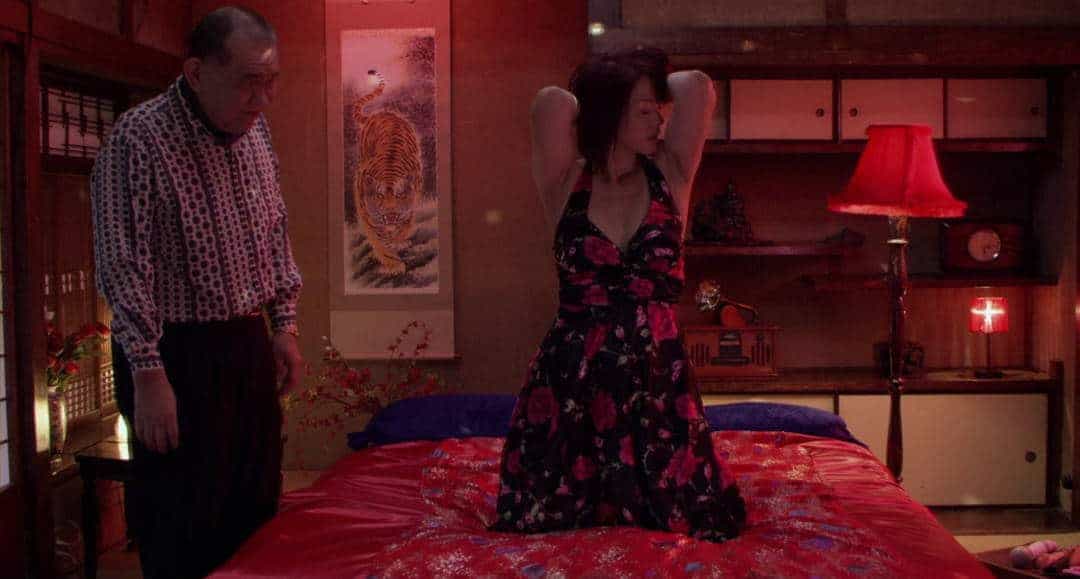
Sion Sono's style (at least the one that made him an international cult sensation, before he started dealing with Fukushima) finds its apogee in this film. Borderline violence, extreme gore and sick sex make “Cold Fish” one of the darkest studies on the human psyche, while elements of black comedy and the ironic, social commentary about consumerism are equally visible throughout the film's 146 minutes. (Panos Kotzathanasis)
6. Creepy (Kiyoshi Kurosawa, 2016, Japan)
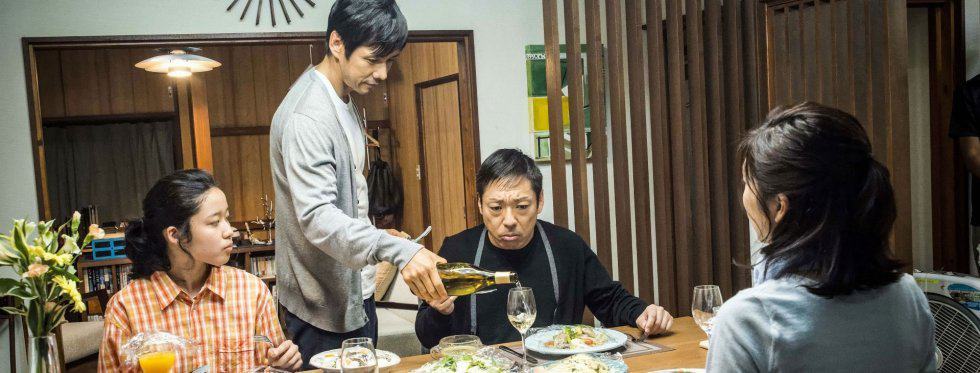
Kurosawa's most distinct trait in his horror films was his ability to build up tension slowly until the point of “explosion.” This ability does not seem to have abandoned him, as he succeeds in gradually producing the horrific elements, through the slow pace and the not so frequent dialogue, while retaining, most of the time, a general sense that something is wrong. However, the issue with the aforementioned build-up is that it lags a bit, a fact that results in the agony deteriorating after a time, although the moment of disclosure and the extraordinary finale compensate, to a portion at least. It would be for the best, though, if the film was 15-20 minutes briefer (it actually lasts 130 minutes). (Panos Kotzathanasis)
7. Cure (Kiyoshi Kurosawa, 1997, Japan)
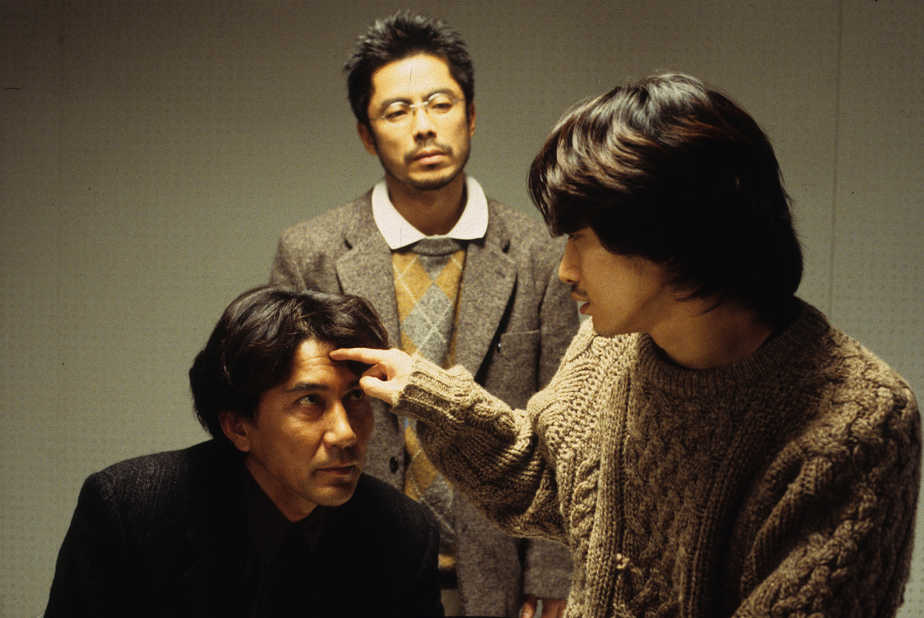
Instead of resorting to plot twists and reversals, Kurosawa gradually creates a maze that combines terror with confusion, in a tactic that exemplifies the ingenuity of both his direction and writing. The build-up of the tension through the narrative is one of the film's greatest assets, as Kurosawa creates a world where nothing is for certain, including the existence of the supernatural. Koji Yakusho, in one of the best efforts of his vast filmography, functions as the receiver of this tension, with his change in attitude that borders on the nervous breakdown as the story of unfolds, being one of the highlights of the film, while the scenes where he lushes out are among the most memorable in the genre. (Panos Kotzathanasis)
8. Dark Figure of Crime (Kim Tae-kyun, 2018, S. Korea)
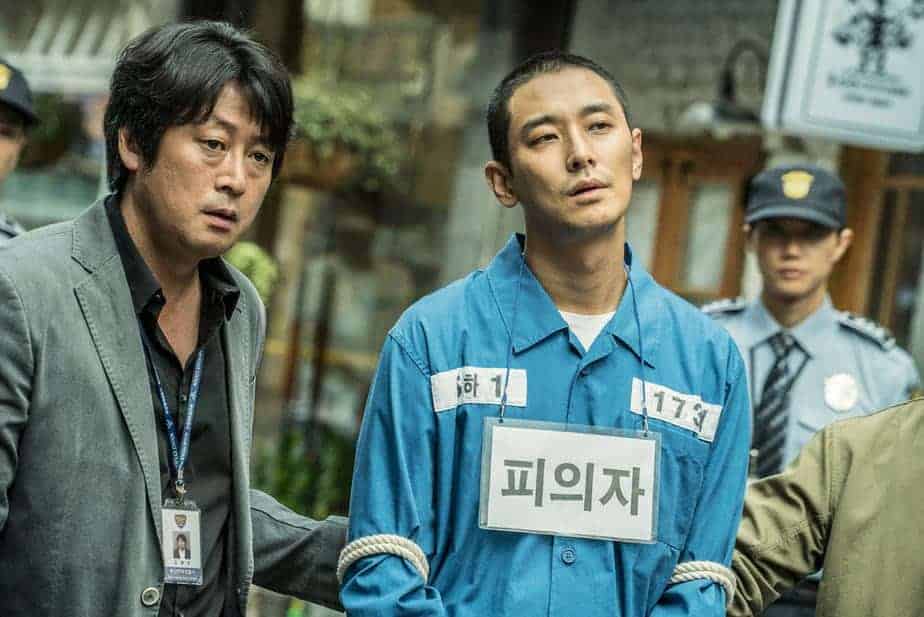
Kim Tae-kyun's film is an acute character study of two different obsessions. The serial killer's compulsion has been explored in every possible angle by many dedicated movies and “Dark Figure of Crime” is no exception in rendering a boastful, large, narcissistic portrait of the perpetrator, and his pleasure in playing cat and mouse with the detective. His give-and-take technique is very effectively depicted and it implants the doubt that it could all be a clever move to discredit the police force, in order to obtain a reduced sentence at the trial. (Adriana Rosati)
9. Detective Story (Takashi Miike, 2007, Japan)

But what truly sets ‘Detective Story' apart from similarly themed films is its direction. From the grotesque beauty of its mysterious and stomach turning opening sequence to Raita's hilarious encounters, from the gritty crime scenes to the terrifying climax, Miike proves for once more that he is an extremely talented filmmaker. He wisely sacrifices his knack for highly stylized editing and, in this way, he manages to create an otherworldly and creepy atmosphere, something that is only intensified with the brilliant use of low key lighting, hand held camera work and Koji Endo's haunting music score. He also manages to balance the script's tonal changes brilliantly and he succeeds in keeping a fine balance between the macabre tone of its story and the off-beat hilarity of the movie's characters.
10. Dr Lamb (Danny Lee and Billy Tang, 1992, Hong Kong)

Frankly, “Dr. Lamb” is quite the dark and brutal genre effort. Much of that comes from the story by writer Lau Kam-fai that allows for such an atmosphere to exist. The fact that we get to see who Lam really is with the series of exploits into his personality, shines a light on how he became a killer. The psychological insight gained from a small kid who openly enjoyed pulling up young girls' skirts, spying on his parents having sex, and watching his younger sister bathe herself sets him up as a sexually-repressed deviant capable of the various acts he commits throughout here. This continues later on as we see how they treat him as an adult with a series of utter disdain and outright cruelty that is a part of the dysfunctional family relationship at the core of the film, setting his stage of depravity to come. Being able to engage in the cruelty and sexual deviance that gets brought to bear on the bodies here with the type of uncomfortable setpieces that wallow in grime and sleaze. Given the amount of influence and highly effective detective work that goes on with how the investigation goes along showing the police officers beating and attempting to brutalize him for a confession with all of the evidence they have against him, all give this setup a great touch into Lam's psyche. (Don Anelli)


